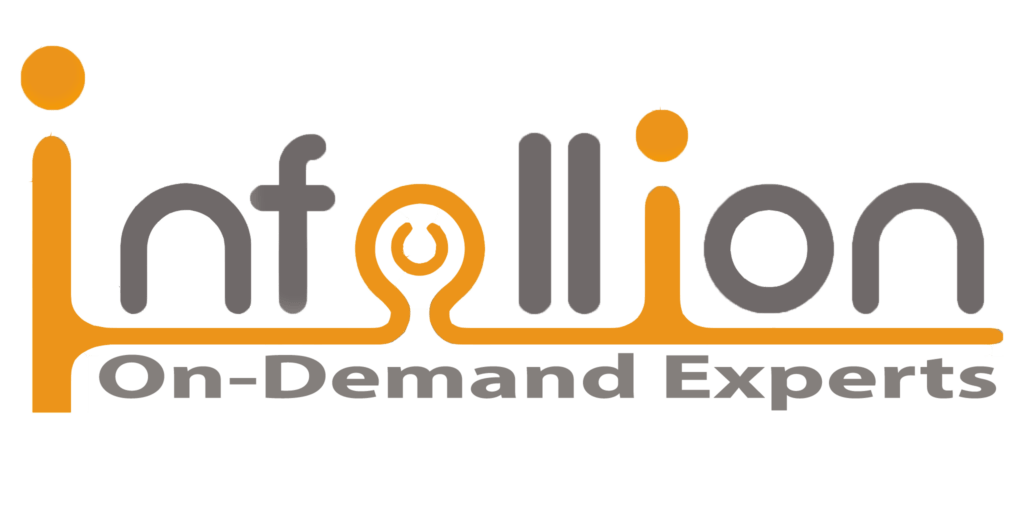Program Overview
The Energy Efficiency and Sustainability in Chemical and Power Plants program empowers plant leaders and engineers to integrate sustainability into core industrial operations. Delivered by an industry expert with over 25 years of experience, this one-day workshop explores practical strategies for improving energy performance, optimizing process efficiency, and reducing carbon footprints across chemical and power plant systems. Participants gain insights into global standards (ISO 50001, GHG Protocol, PAT Scheme), learn from real industrial case studies, and engage in simulations focused on identifying and implementing energy-saving measures. The session bridges technical know-how with strategic sustainability goals—helping participants build actionable roadmaps that enhance both environmental and financial performance.
Features
- Identify and implement energy efficiency opportunities in industrial processes.
- Apply frameworks for emission monitoring and carbon footprint reduction.
- Integrate ISO 50001 and sustainability KPIs into plant management systems.
- Develop actionable roadmaps to achieve measurable energy and emission goals.
Target audiences
- Plant Managers & Operations Heads
- Energy & Environment Managers
- Process & Maintenance Engineers
- Sustainability & ESG Professionals
- Strategy & Transformation Executives
Curriculum
- 5 Sections
- 26 Lessons
- 1 Day
- Energy & Sustainability Landscape in Industrial Operations5
- 1.1Energy–environment nexus: why efficiency matters for decarbonization
- 1.2Key global frameworks: IEA, IPCC, UN SDGs, and India’s PAT scheme (Perform, Achieve, Trade)
- 1.3Sectoral emissions overview: baseline intensity in chemical and power sectors
- 1.4Core terms: Specific Energy Consumption (SEC), Energy Intensity, ETP, CHP, Renewable Integration, Carbon Intensity per kWh
- 1.5Where does your plant stand on the energy-sustainability maturity curve?
- Energy Efficiency Opportunities in Chemical & Power Plants6
- 2.1Efficiency improvement areas: boilers, turbines, heat exchangers, compressors, pumps, and utilities
- 2.2Process integration, heat recovery, pinch analysis, and cogeneration (CHP)
- 2.3Role of digital twins, IoT sensors, and predictive maintenance in improving energy yield
- 2.4Case Study: NTPC’s boiler retrofit project
- 2.5Case Study: Reliance Industries’ process heat recovery initiative
- 2.6Activity: Identify top three “quick-win” efficiency levers within participants’ plants
- Carbon Footprint & Emission Management in Industrial Context5
- 3.1GHG Protocol scopes for industrial emissions; boundaries and data integrity
- 3.2CO₂ reduction levers – fuel substitution, waste heat recovery, renewables integration.
- 3.3Managing NOx, SOx, VOCs, and particulate matter in high-temperature processes.
- 3.4Exercise: Estimate carbon savings from an efficiency upgrade (using sample datasets).
- 3.5EFs (Emission Factors), CUSUM analysis, KPI benchmarking, MRV systems
- Integrating Energy Management Systems (EnMS) & Sustainability KPIs5
- 4.1Overview of ISO 50001:2018 (Energy Management Systems)
- 4.2Setting baselines, KPIs, and data dashboards for continuous improvement
- 4.3Linking EnMS with ESG reporting, CDP disclosures, and BRSR mandates
- 4.4Real-Life Example: Tata Power’s integrated energy & environmental performance model
- 4.5Interactive Exercise: Design an energy KPI scorecard for a sample chemical or thermal plant
- Transition Pathways – From Efficiency to Sustainable Operations5
- 5.1Pathways to low-carbon operations: hydrogen blending, biomass cofiring, CCUS, and renewables integration
- 5.2Financing sustainability: green bonds, carbon credits, and ROI modeling for efficiency projects
- 5.3Building organizational culture around sustainability and operational excellence
- 5.4Exercise: Teams develop a 6-month Plant Sustainability & Energy Action Plan
- 5.5Discussion: From Compliance to Competitive Advantage






